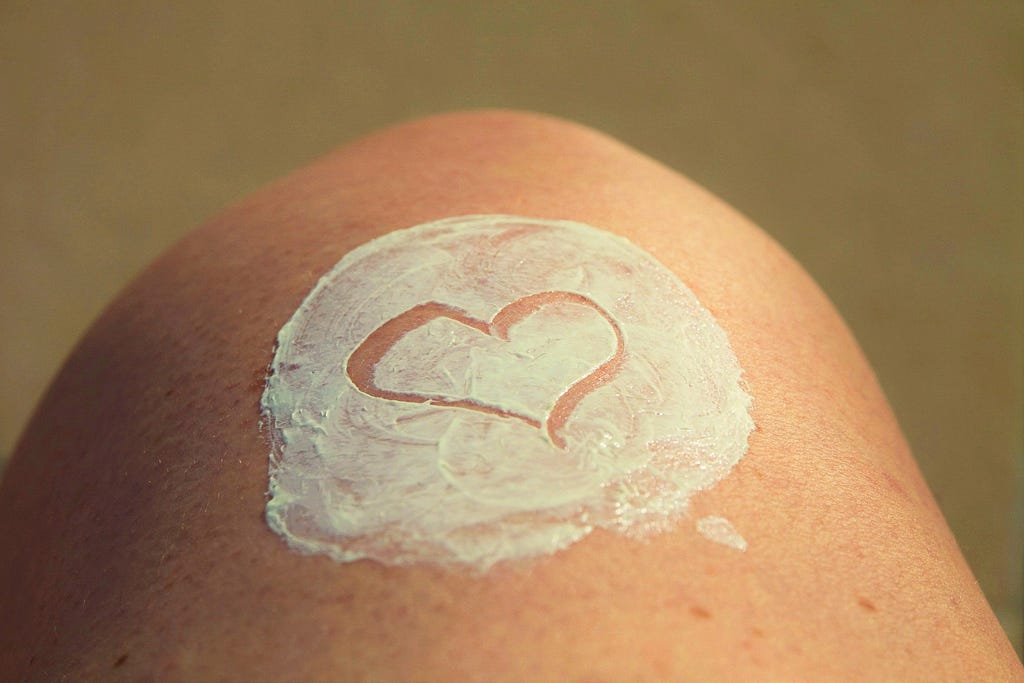
The first Sunday of June is National Cancer Survivors Day. Today we pay tribute to not only our family and friends who have survived but also send love to those currently battling, and mourn those lost. We want to bring awareness to one of the most common, and treatable, forms of cancer: skin carcinoma. In a world where we are bombarded with potential carcinogens from our environment, skin cancers are one that you can take simple steps to protect yourself from. This is one of the easiest cancers to avoid so long as you remain diligent, and that means wearing sunscreen (see our latest sunscreen guide).
Simple right? So keep reading as we break down all you need to know about skin cancers — learn what they are, where they start, and how to avoid them.
Some Biology You Should Know
A quick science lesson. Did you know that the skin is the largest organ of the human body? It is composed of 3 layers: the Epidermis, the Dermis, and the Subcutis.
Oftentimes, when we talk about skin cancers, we are talking about the Epidermis. As the topmost layer, it has the most exposure to UV rays and therefore has the highest risk of developing cancer.
The Epidermis has three main kinds of cells that you should know about: the squamous cells (dead, flat cells that shed every day), the basal cells (square cells that make new squamous cells), and the melanocytes (that create melanin, to give skin pigment).
Cancer is the term used to describe cells that have been damaged, mutated, and then grow uncontrollably. This results in cancer cells taking up space and nutrients that healthy cells need. These mutated cells then overwhelm the system, if not treated in time.
The Types and Prevalence of Skin Cancer

As mentioned earlier, when it comes to skin cancers, most are in the Epidermis. Skin cancers often do not appear bothersome until they get quite large. Some even fall off before getting to that point. Hence, it is really important to know how to spot skin cancers.
The two most common kinds of skin cancers are Basal Cell Carcinoma and Squamous Cell Carcinoma. They both have similar characteristics:
- Reddish, scaly patches that are itchy
- Abnormal growth
- Open sores that do not heal, or heal and come back
Basal Cell Carcinoma
This is the most common type of skin cancer. 8 out of 10 cases of skin cancer in fact. This cancer is often related to sun exposure and is slow to spread. However, if not fully removed, it can recur.
Squamous Cell Carcinoma
This type accounts for 2 out of 10 skin cancer cases. Also related to sun exposure, this is the second most common type of skin cancer that can be also found in scarring tissue. This type is more dangerous due to its ability to spread to other parts of the body if not removed in time.
Melanoma Cell Carcinoma
This is another type of cancer that begins in the Epidermis. This kind is often the hardest to treat out of all three Epidermis cancer types due to its ability to spread.
Some other cancers to be aware of are Merkel Cell Carcinoma, Lymphoma, and Kaposi Sarcoma, which do not develop in the Epidermis but can still be found in the skin tissue. Since these are not surface cells, these are more dangerous and difficult kinds of skin cancers that could develop.
The most common factor of skin cancer is UV/sun exposure. When we leave the house, even on a cloudy day, ultra-violet (UV) rays can reach any exposed skin. Depending on the material, the rays can also penetrate our clothing. There are two kinds of UV rays that you should take note of UVA and UVB. Certain sunscreen ingredients do not cover the full spectrum of rays. It is important to know what ingredients do, and what kind of UV rays they block.

Here is a helpful website if you would like to know more about skin cancers. If you have a spot that you think may be skin cancer, please consult a doctor or a physician to get the right help.
The Low-Down on Sunscreen Ingredients
Sunscreen ingredients have been a hotly debated topic over the last couple of decades. For example, in 2019 the FDA put out a new set of recommendations on what ingredients are safe to use and at what concentration. This updated their classifications for sunscreen ingredients from their 1999 monograph, due to new research released. As mentioned earlier, we have put out a guide on clean sunscreens for summer 2021. We have also published a blog regarding sunscreen ingredients and their safety.
When looking at sunscreen ingredients, there are two kinds to note:
Chemical ingredients: which absorb and convert UV rays into heat. These include:
- Amino Benzoic Acid (PABA; covers UVB)
- Avobenzone (covers UVA I)
- Oxybenzone (Benzophenone-3; covers UVA II & UVB)
- Dioxybenzone (Benzophenone-8; covers UVA II & UVB)
Physical ingredients: these reflect and can also absorb UV rays and protect against both UVA and UVB rays. These include
It is important to know that there is no such thing as a “better” sunscreen ingredient. When people talk about chemical ingredients being toxic, they really mean that the ingredients are more likely to be absorbed into the skin. Since they are added on average below 15% concentration, this can pose a problem when used over time.

When looking for the ideal daily sunscreen, the FDA and Health Canada recommend wearing a sunscreen with over 15 SPF (more if you burn easily or have fair skin). SPF stands for “sun protection factor” and represents how much protection the sunscreen gives. Having a higher number of SPF (such as 50 and higher) simply means that you’ll get more protection from the sun. A common misconception is that the SPF indicator is of how long the sunscreen lasts. That is false, sunscreens are recommended to be applied every 2 hours spent outside, and to wait at least 15 minutes before heading out into the sun. When using “waterproof” sunscreen, you should still reapply sunscreen every time you enter and exit the water.
Another thing to consider when buying sunscreen is whether it covers both UVA and UVB rays. “Broad-spectrum” sunscreens are usually a good claim to look for, but if they are not mentioned on the labels, then make sure to double-check the ingredients.
And that’s it, our simple guide for the steps you can take to help prevent skin cancer. If you’re looking for sunscreen recommendations that will not only protect your skin but also are clean, head over to our sunscreen guide for a one-place shop.
Disclosure: We are a professional review and product rating website and mobile app that receives compensation from the companies whose products we review and rate. We are independently owned and the opinions expressed here are our own interpretations of a trusted source.
All Things Skin Cancer: Learn & Avoid was originally published in Think Dirty on Medium, where people are continuing the conversation by highlighting and responding to this story.